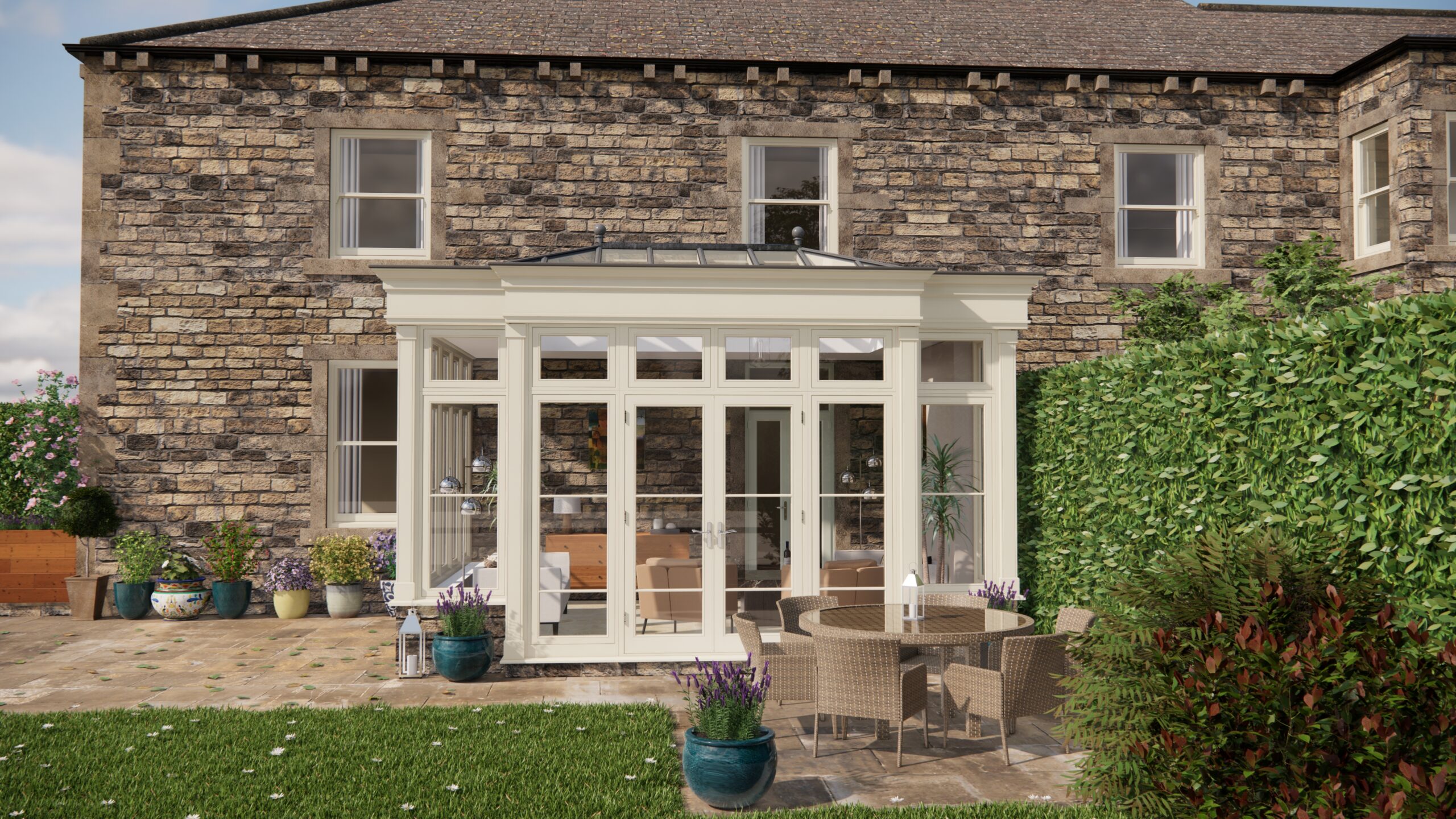Right, let’s talk damp-proofing! I was chatting with Abbie the other day – she’s just finished building a gorgeous orangery onto her period property – and the topic of keeping things dry came up. It was fascinating digging into her experiences, especially navigating the regulations. Hopefully, this helps you avoid the pitfalls she encountered!
Building Regs: Part C is Your Friend
So, first things first, it’s all about Building Regulations Part C: Site preparation and resistance to moisture. This is the big one. It dictates how you prep the ground and how you ensure moisture doesn’t waltz its way into your lovely new structure. Think of Approved Document C as the detailed instruction manual that goes with Part C. It sets out the practical ways you can meet the requirements. Abbie said understanding this document was crucial, especially when dealing with ground levels around her orangery. She had to make sure the finished floor level was high enough to prevent rising damp, and that drainage was adequate to deal with surface water. It’s not just a case of throwing up some bricks; you need to consider the whole environment.
Orangeries and Outbuildings: Specific Challenges
Orangeries and outbuildings present unique challenges. Orangeries, often partially glazed, can be prone to condensation if not properly ventilated and insulated. Outbuildings, particularly if near existing structures, need to be carefully designed to avoid creating a ‘cold bridge’ that can lead to damp in the main house. Abbie mentioned she used a specialist damp-proof membrane (DPM) beneath the concrete floor of her orangery and ensured that it was lapped up the walls and sealed properly. That stopped any moisture rising from the ground. Ventilation was key, and she opted for trickle vents in the window frames and a humidity-controlled extractor fan to manage condensation. It’s worth noting that if you have a listed building, you’ll need to consider the impact of damp-proofing on the existing fabric. Often, breathable lime-based mortars and renders are preferred over modern cement-based products to allow the building to ‘breathe’ and avoid trapping moisture.
Practical Techniques for Damp Prevention
Beyond the regulations, there are loads of practical things you can do to boost weather resistance. Consider these:
- Damp-Proof Course (DPC): This is a horizontal barrier built into the walls to prevent rising damp. Abbie mentioned making absolutely sure the DPC was correctly installed and linked to the DPM in the floor.
- Damp-Proof Membrane (DPM): As mentioned, this is a waterproof barrier used in floors and walls to prevent moisture ingress from the ground.
- Waterproof Rendering: A special type of render that repels water. Ideal for external walls exposed to the elements. Make sure it’s breathable if you’re working on a listed building.
- Effective Drainage: Gutters, downpipes, and land drainage systems are vital for directing water away from the building’s foundations.
- Ventilation: Proper ventilation is essential for managing condensation. Consider trickle vents, extractor fans, and even whole-house ventilation systems.
- Insulation: Good insulation helps to maintain a consistent temperature, reducing the risk of condensation.
Abbie emphasised the importance of using high-quality materials and ensuring proper installation. A cheap membrane that tears easily or a poorly installed DPC is a false economy.
Enforcement: Don’t Get Caught Out!
What happens if you ignore these regulations? Well, you could face enforcement action from the local authority. This could range from a notice requiring you to rectify the work to prosecution and fines. Abbie shuddered at the thought of this, saying the hassle and expense of correcting non-compliant work far outweigh the cost of getting it right in the first place. Regular inspections during the build are important to make sure things are being done correctly.
Summing it Up
Ultimately, keeping your orangery or outbuilding dry requires a thorough understanding of Building Regulations Part C, careful consideration of your building’s specific challenges, and the implementation of effective damp-proofing techniques. Don’t skimp on materials or installation, and make sure you have the appropriate documentation to prove compliance. A little extra effort at the design and construction phase is a worthy investment to protect your investment for years to come.


